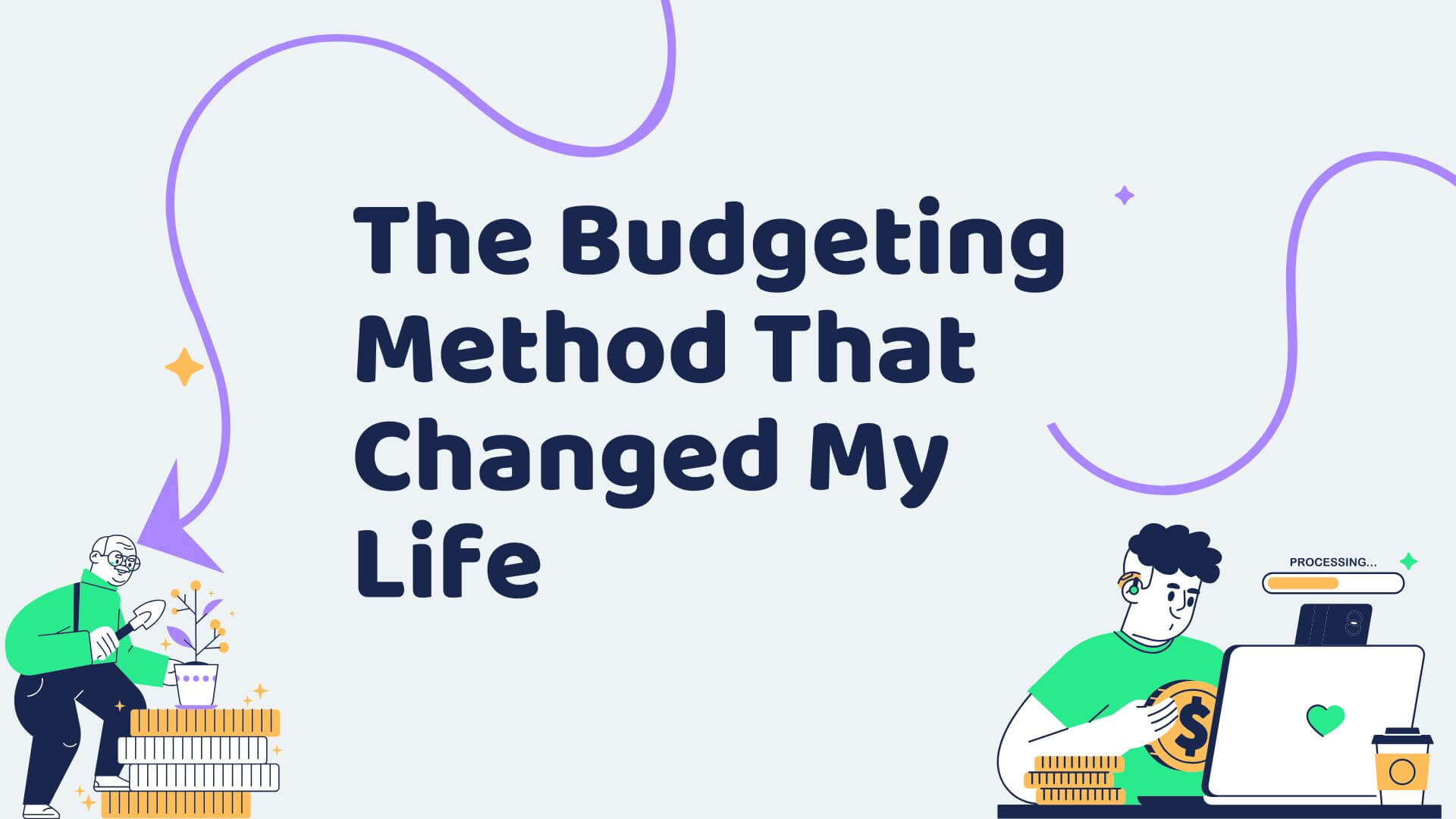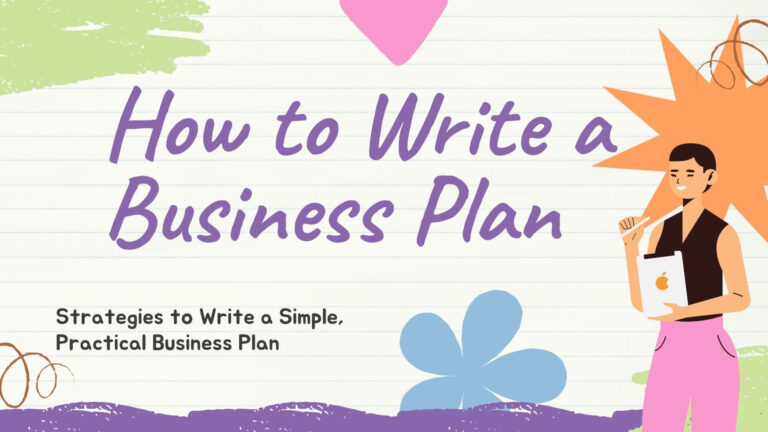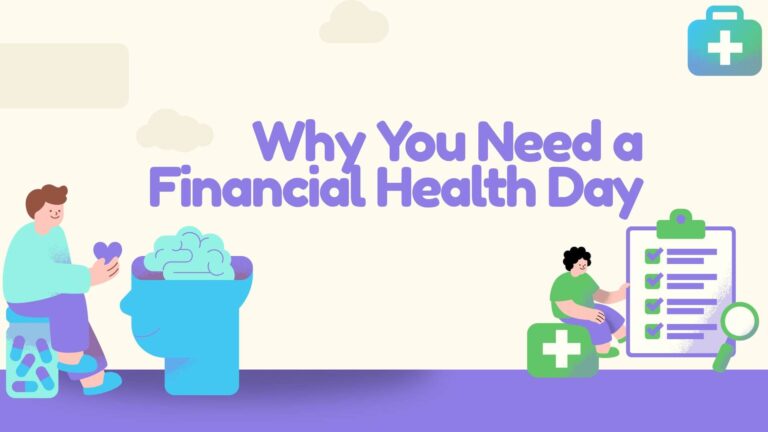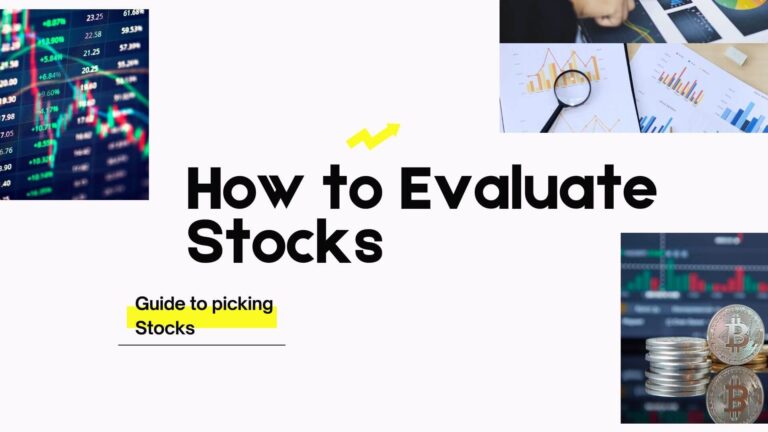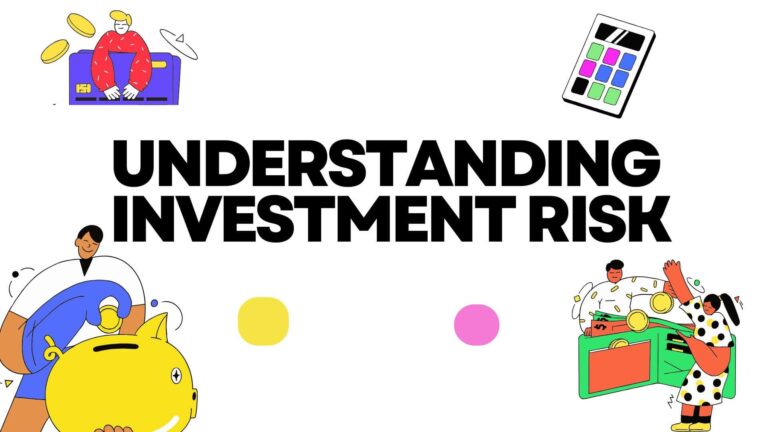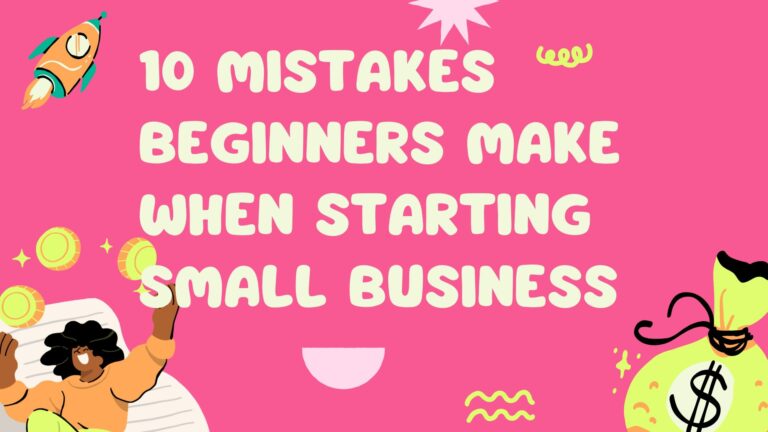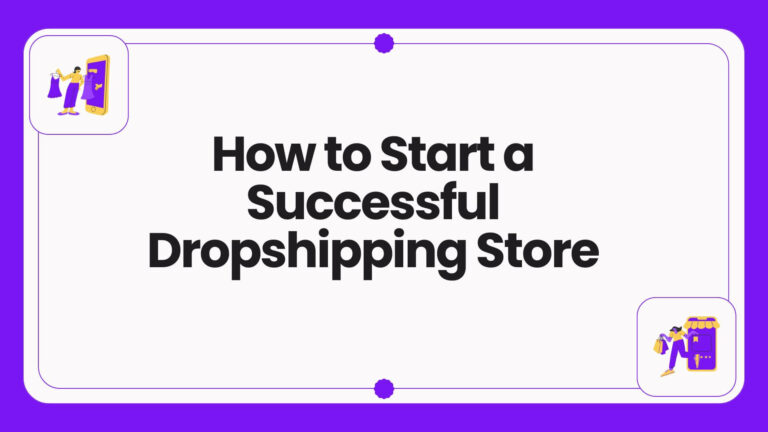The Budgeting Method That Changed My Life
We’re talking budgeting today, and specifically, the budgeting method that changed my life. Welcome to my Blog! I’m excited to share the real strategy I use in my own finances, one that finally made things click after years of failing with other approaches.
Why Paycheck Based Budgeting?
I’ve been budgeting since 2011, but those first two years were tough. I tried so many methods and felt frustrated when they didn’t fit my real life. My big “aha” moment? Realizing that I needed to budget based on when I actually got paid.
Like many people, I get paid twice a month: on the 5th and the 20th. So instead of forcing myself into a monthly template, I make a budget for each paycheck. That one adjustment changed everything. If you get paid once a month, it makes sense to budget monthly! But if you get paid more often, build your budget around your paydays. It just works better.
How My Budget By Paycheck Method Works
I use my Budget By Paycheck Workbook to budget every time I get paid. But it isn’t just about bills it’s a full financial plan that covers variable spending, debt, savings, and more.
Here’s my process, step by step:
1. Start With a Budget Calendar
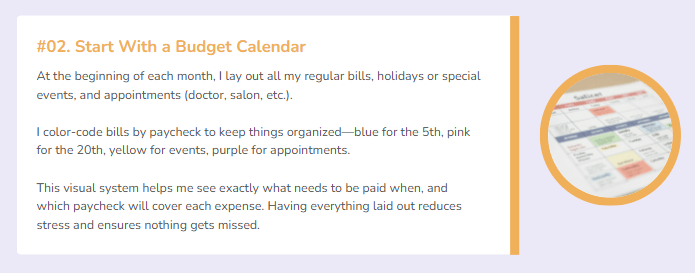
At the beginning of each month, I lay out:
- All my regular bills
- Holidays or special events
- Appointments (doctor, salon, etc.)
I color-code bills by paycheck to keep things organized—blue for the 5th, pink for the 20th, yellow for events, purple for appointments.
2. Paycheck Bill Tracker
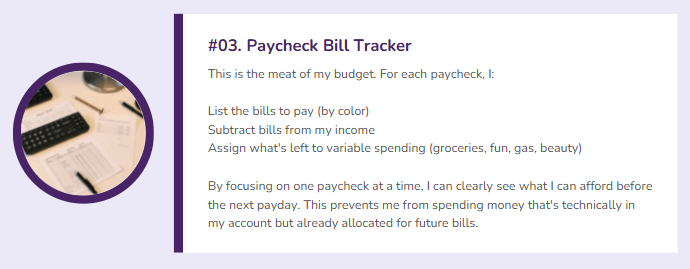
This is the meat of my budget. For each paycheck, I:
- List the bills to pay (by color)
- Subtract bills from my income
- Assign what’s left to variable spending (groceries, fun, gas, beauty)
3. The Cash Envelope System
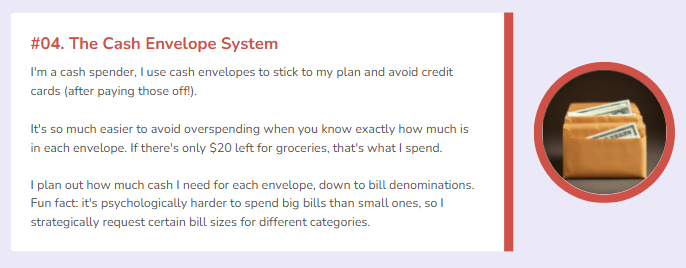
I’m a cash spender, I use cash envelopes to stick to my plan and avoid credit cards (after paying those off!)
It’s so much easier to avoid overspending when you know exactly how much is in each envelope. If there’s only $20 left for groceries, that’s what I spend.
4. Savings & Debt
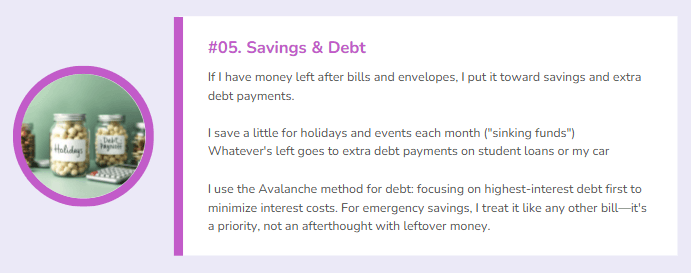
If I have money left after bills and envelopes, I put it toward savings and extra debt payments.
- I save a little for holidays and events each month (“sinking funds”)
- Whatever’s left goes to extra debt payments on student loans or my car
5. Cash Breakdown
I plan out how much cash I need for each envelope, down to bill denominations. Fun fact: it’s psychologically harder to spend big bills than small ones.
6. Track Your Spending
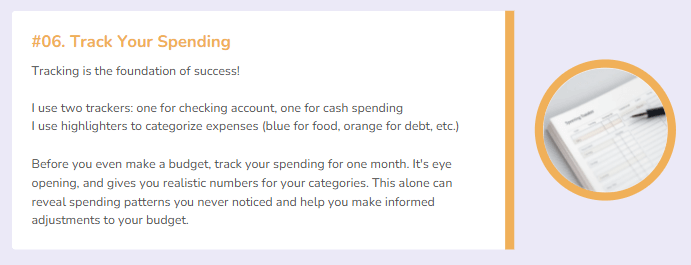
Tracking is the foundation of success!
- I use two trackers: one for checking account, one for cash spending
- I use highlighters to categorize expenses (blue for food, orange for debt, etc.)
Before you even make a budget, track your spending for one month. It’s eye opening, and gives you realistic numbers for your categories.
Beyond Budgeting: A Full Financial Plan
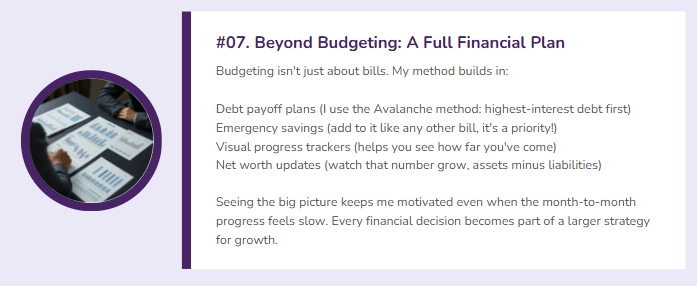
Budgeting isn’t just about bills. My method builds in:
- Debt payoff plans (I use the Avalanche method: highest-interest debt first)
- Emergency savings (add to it like any other bill, it’s a priority!)
- Visual progress trackers (helps you see how far you’ve come)
- Net worth updates (watch that number grow, assets minus liabilities)
Key Mindset Shifts
- Pay your bills based on when you actually get paid.
- The first step is always tracking your spending.
- Custom-fit your budget to your real life and pay schedule.
- Stay flexible, trial and error is okay!
If you want to learn more, check out my Budget By Paycheck Workbook and join our free Facebook group for community support. I’ve never been so successful with my money as I am now, and I love helping others see what actually works.
If this helped you out, please share and subscribe!

